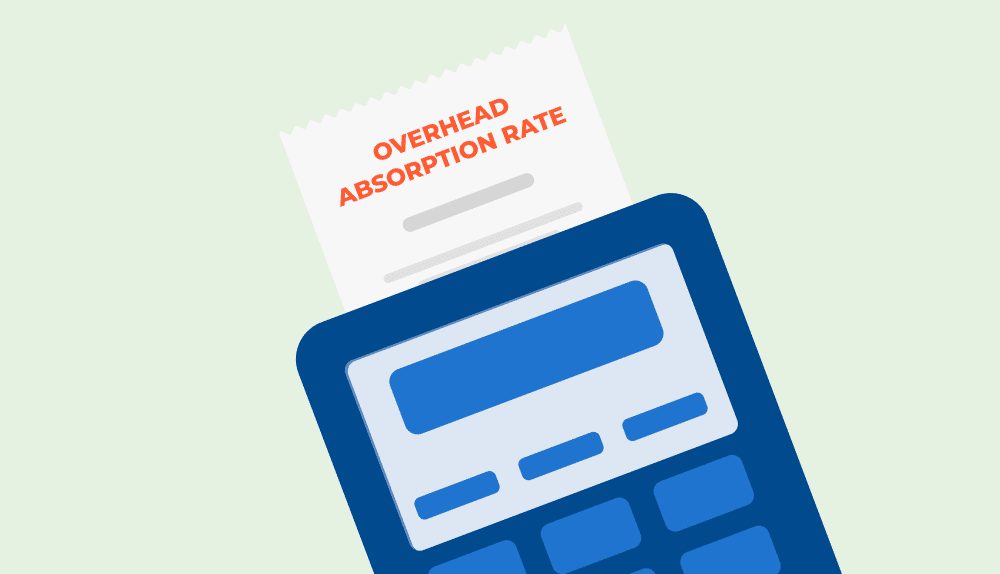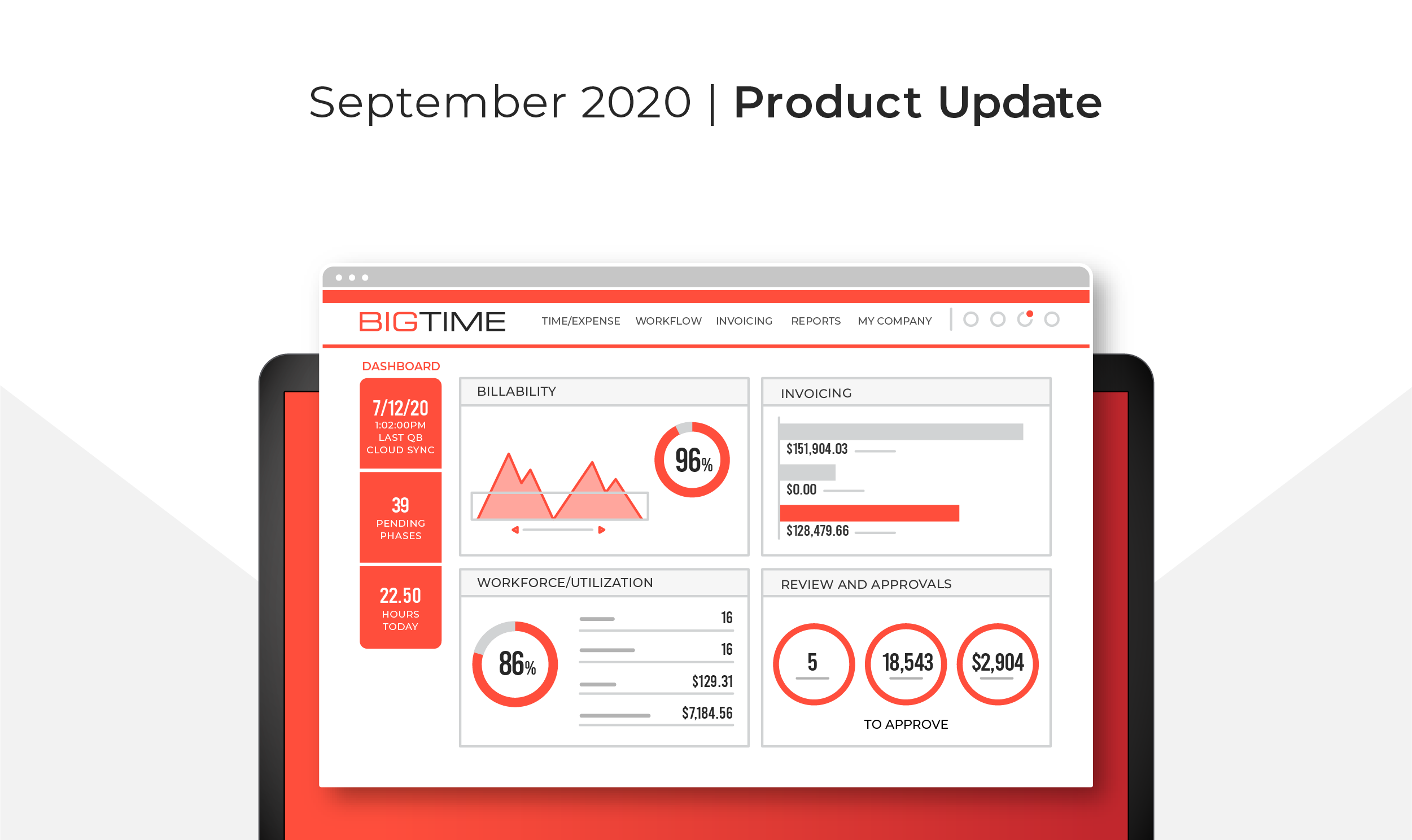Costs of rent, administration, and support departments don’t disappear right after you pay them — they still influence the profitability of your projects or products.
But how do you know that these overhead costs are not eating up your profits?
Overhead absorption rate can help you determine that!
What is overhead absorption?
Overhead absorption refers to the allocation of indirect expenses to cost objects. In this definition:
- Indirect expenses are expenses that cannot be directly attributed to a specific activity or product.
- Cost objects include all the sources of income for a given company, such as products, projects, customer groups, retail outlets, and product lines, for which expenses are aggregated.
In other words, overhead absorption helps you determine your project’s operating expenses.
Are the costs of direct labor included in the overhead rate?
No — absorbed overhead is only calculated for additional indirect costs affecting the project budget. Direct costs, such as direct labor hours, production costs, machine hours (in production industries), or manufacturing costs are not included in the equation.
What costs are included in overhead?
Overhead costs generally include:
- Indirect costs, such as a project’s share of the company’s costs.
- Raw materials and resources, such as software, subscriptions, or devices.
- Any additional production process that support the projects, i.e. consultations or external support.
- Recurring or fixed overheads, such as bills or taxes.
Overhead Absorption Formula
The formula for overhead absorption is:
Overhead absorption rate = total overhead cost ÷ total units of the allocation base
The allocation base is a measure of the activity that drives the indirect costs. These might differ depending on the type of company. Let’s see how it works in a real-life example.
Overhead Absorption: Step-by-Step
The simplest calculation for overhead absorption rate includes the following steps:
Step 1: Identify Your Total Overhead Expenses
The first step in calculating the overhead absorption rate is to identify all the indirect costs or overhead costs incurred by your business, also known as company overheads. These costs may include rent, utilities, salaries, and wages of support staff, depreciation, insurance, and other expenses that are not directly related to the production of goods or services.
Then, use the cost allocation formula to determine what costs a given project should cover.
Step 2: Determine Your Allocation Base
The next step is to determine the allocation base, or the factor that will be used to allocate overhead costs to the products or services your business produces. The allocation base should be a measure of the activity that drives the overhead costs. For example, if your business incurs overhead costs based on the number of direct labor hours worked, then the allocation base could be the total number of labor hours worked by all employees.
However, there is more than one method of calculating overhead absorption rates — we will describe them all further later in the article.
Step 3: Calculate Your Overhead Absorption Rate
To calculate the overhead absorption rate, divide the total overhead costs per unit by the allocation base. The general formula for overhead absorption rate is:
Overhead absorption rate = actual overhead costs / allocation base
Step 4: Apply the Overhead Absorption Rate
Once you have calculated the overhead absorption rate, you can apply it to the total cost of goods or services produced by your business to see how they affect the costs and, as a result, the profitability of your project.
Methods of Calculating Overhead Absorption Rate
Production Unit
For some product-based companies, it is common to calculate the overhead absorption rate based on the number of implementations of the product the company expects to complete in a given period. In that case, the overhead absorption formula is:
Overhead absorption rate = total overhead cost ÷ number of implementations completed
This formula can also be used in other industries — the only adjustment needed is to replace the number of implementations with the number of other produced units.
However, in service-dominated industries, produced units are rarely used for calculating overhead absorption, as they do not reflect the amount of work in the project. Percentage and hourly rate methods are much better at it.
Percentage Methods
Fortunately for professional services companies, percentage methods for calculating overhead absorption offer much more accurate insights into the costs of operating expenses and their influence on project costs.
There are three ways to calculate overhead absorption in the professional services industry using these techniques:
- Percentage of direct labor (or fixed costs in general)
- Percentage of prime cost
- Percentage of direct wages
In this method, the overhead absorption rate is expressed as a ratio of actual or expected overhead costs to the actual or expected costs of wages needed to complete the project, multiplied by 100.
Overhead absorption rate (%) = (actual or expected production overhead costs ÷ actual or expected cost of wages to produce the product) x 100
Importantly, using direct wages as a base for calculations ensures that the costs are allocated proportionally, as larger projects need to cover a larger fraction of overheads.
Percentage of Prime Costs: Prime Cost Method
The prime cost method is very similar to the one that uses only direct wages to allocate costs. However, in this case, costs of work are not the only ones included in the calculation; instead, the base for the calculations is direct labor cost with costs of direct materials and additional resources, such as equipment, subscriptions, or additional programs, also known as prime costs.
Therefore, the formula for calculating the overhead absorption rate is as follows:
Overhead absorption rate = (budgeted or actual overhead ÷ prime cost) x 100
Hourly Rate Methods
Another popular method of calculating overhead absorption rate in the professional services industry is using rates or costs of the hours to establish a project’s share of the operational costs. Here are two methods you can use to do this.
Direct Labor Hours
Calculating overhead absorption rate per labor hour is the simplest way to establish overhead costs. This method is also essential for calculating employee profitability.
In this method, however, the overhead absorption rate is calculated per 1 worked hour in the project using the formula:
Direct labor cost per hour rate = overhead for the specific period (indirect cost) ÷ direct labor hours for the same period
For example, if a project is expected to take 500 hours in a given month and is supposed to cover $1,000 of overheads, its overhead absorption rate is $2 per hour.
Costs Per Work Expenses
Naturally, the previous formula can also be adapted to show the overhead absorption rate as a percentage. In this case, the formula is:
Direct labor hour rate = (overhead for the specific period ÷ the costs of work for the specific period) * 100




